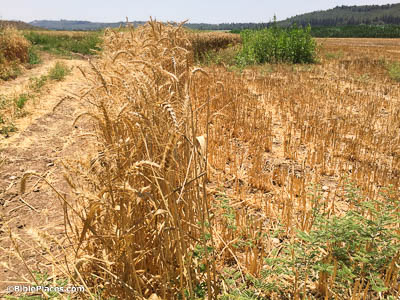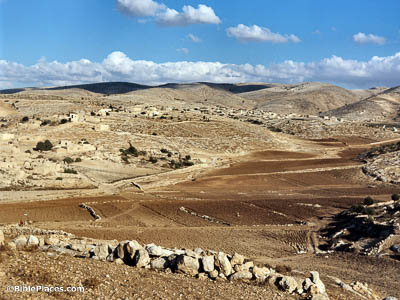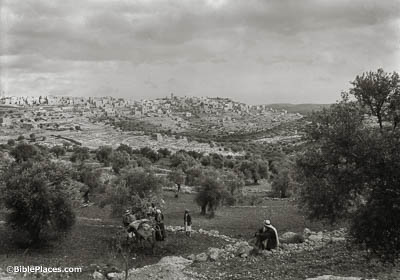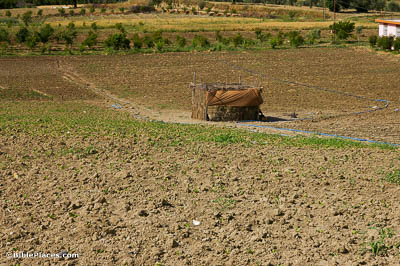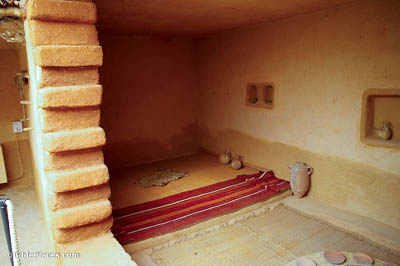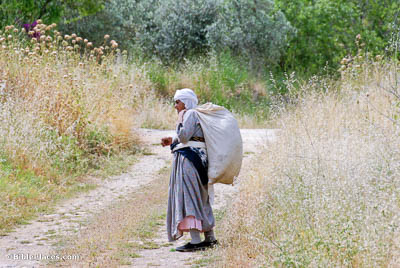Ruth . . . said to Naomi, “Let me now go to the field and glean among the ears of grain” (Ruth 2:2).
Ruth and Naomi were the beneficiaries of a rule given to Israel by God. As Leviticus 19:9-10 records, farmers were commanded not to harvest the very edges of their fields, so that the leftover grain could be enjoyed by those who had no other source of food. The practice survives today, as shown in this picture. The fact that Boaz was faithful to this command is just one example of his noble character.
